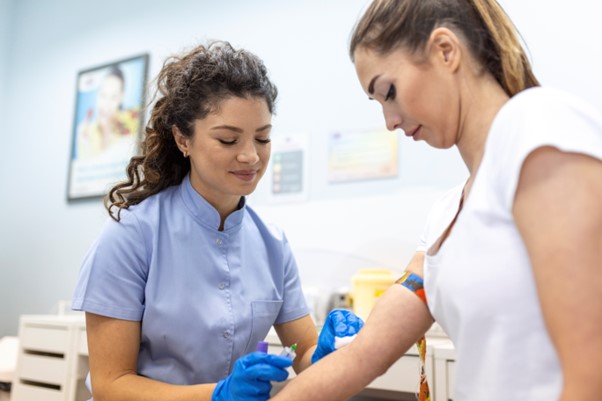What Are Triglycerides?
Triglycerides are a type of fat found in your blood. After you eat, your body turns extra calories into triglycerides. These fats are stored in your fat cells. Later, your body uses them for energy. However, having too many triglycerides can be harmful. According to the CDC, high triglycerides can raise your risk for heart disease.
Why Are Triglycerides Important for Health?
Keeping triglycerides in a healthy range is important for your heart and overall health. High triglycerides can lead to hardening of the arteries. This makes it harder for blood to flow. As a result, your risk for heart attack or stroke increases. In addition, high levels may signal other health problems, such as diabetes or liver disease.
Symptoms and Risks of Abnormal Triglyceride Levels
Often, high triglycerides do not cause symptoms. Because of this, many people do not know they have a problem. However, very high levels can cause:Pain in the upper bellySwelling of the pancreas (pancreatitis)Fatty deposits under the skin
Still, the biggest risk is silent. Over time, high triglycerides can damage your heart and blood vessels. This increases your chance of heart disease, stroke, and other serious problems.
How and When to Test for Triglycerides
Doctors use a simple blood test called a triglyceride blood test. This test is often part of a full cholesterol check, known as a lipid panel. Usually, you need to fast for 9 to 12 hours before the test. This means you should not eat or drink anything except water. Most adults should get their triglycerides checked every 4 to 6 years. However, you may need testing more often if you have risk factors like:Family history of heart diseaseDiabetes or prediabetesObesityHigh blood pressure
In many areas, clinics and labs offer easy access to triglyceride testing. Ask your healthcare provider about options near you.
What Do Triglyceride Test Results Mean?
Test results show your triglyceride level in milligrams per deciliter (mg/dL). Here is what the numbers mean:Normal: Less than 150 mg/dLBorderline high: 150–199 mg/dLHigh: 200–499 mg/dLVery high: 500 mg/dL or more
Lower numbers are better for your health. If your levels are high, your doctor may suggest changes to your diet, exercise, or medicines.
Prevention and Lifestyle Tips for Healthy Triglyceride Levels
Fortunately, you can take steps to keep your triglycerides in check. Try these tips:Eat less sugar and refined carbsChoose healthy fats, like those in fish and nutsExercise for at least 30 minutes most daysMaintain a healthy weightAvoid too much alcoholQuit smoking
With these changes, you can lower your triglycerides and protect your heart. For more advice, the American Heart Association offers helpful resources.
When to Consult a Healthcare Provider
If your triglyceride test shows high levels, talk to your doctor. Sometimes, high triglycerides are linked to other health issues. Your doctor can help find the cause and suggest the best treatment. Even if you feel fine, regular testing is important. Early action can prevent serious health problems later.
Conclusion
Testing for triglycerides is a simple way to protect your heart and health. Because high triglycerides often have no symptoms, regular checks are key. If you have questions or concerns, consult a healthcare professional for personalized advice on triglyceride testing and management.
❤️ Take charge of your heart health.
📞 Book your triglyceride test at HAM Labs today!


